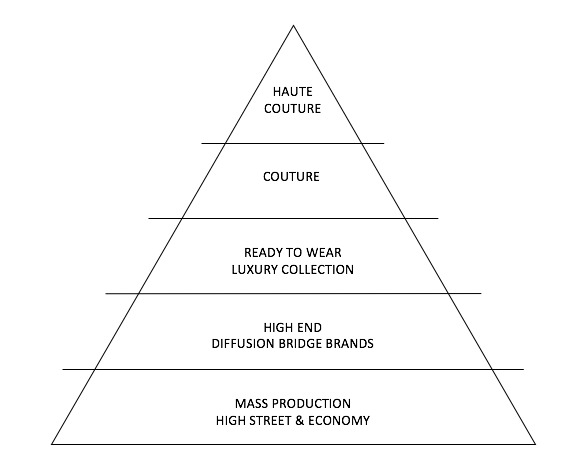What is the first thing you do when you wake up? Check Instagram?
Do you wake up scrolling through countless Instagram posts?
In this current postmodern society, we feel pressure to be socially accepted. In todays media saturated, materialistic and consumer-led society, social media sites such as Instagram, Facebook and Twitter are at the forefront of most peoples lives. Having an Instagram account is a must have. We need to have enough Instagram likes to feel happy. "Can you like my Instagram picture?" is a question I get asked, almost daily. Instagram, unlike Facebook is a purely visual site so it comes with the excessive need to look good, and post good content. For many of us we simply go out for lunch and have a burning desire to post a picture of the really cute cafe we are in or the amazing Starbucks coffee we've just bought. The attachment you have to your phone after you've uploaded that long thought about image is ludicrous. The time you waste thinking of that perfect caption and applying that perfect filter.
Is Instagram really good for us? We waste a crazy amount of time of our lives on these social media sites, when the only content we really learn about is; Who is detoxing this week?, Who's bought those Miss Guided trousers? Who went out this weekend?. I understand Instagram has enabled the younger generation to build a career, and its another platform to communicate on (not that I think we need anymore), but social media sites like Instagram have created a growth of depression and self doubt in young teens, making comparisons between your life and someone else's, between your pictures and their pictures or between how many likes they have and how many likes you have. Nowadays the street's are completely swamped with people attached to their phones, it's hard to go out for a meal without checking your phone at least 10 times. Even the moments we should treasure, like marriage proposals and anniversary's are taken over by trying to capture the moment to show off to Facebook. & not to mention DWI (driving whilst Instagramming).
Snapchat is another big thing taking over, I'll go out with my friends, and most of the night will be spent rewatching that snap you just posted. Which again, comes back ultimately to looking a certain way, and feeling important and superior if you have a long story, letting the world know you go out on the weekend. Everyone can now see your every meal and your every move.
For me, this doesn't effect the way I feel about myself, as I'm in a place where I feel pretty happy with where I'm at, however in my opinion, this has a big effect on young teens. My 13 year old sister spends hours and hours on these social media sites, teens now have that added stress of feeling like they have to look a certain way. They are deluded with social media, and it seems to be getting worse and worse. Is this generation going to be able to socialise in the real world?, or is it making them brain washed. Mobile phones are completely taking over. We don't even get that small interaction with the waiter when they come to take our order, there is now mobile phone apps in place to sort that out for you, are we living in a world that is soon going to be completely taken over by phones, leaving us with no real reason to interact in the real world.
https://www.instagram.com/hannahcrosskey/?hl=en

















